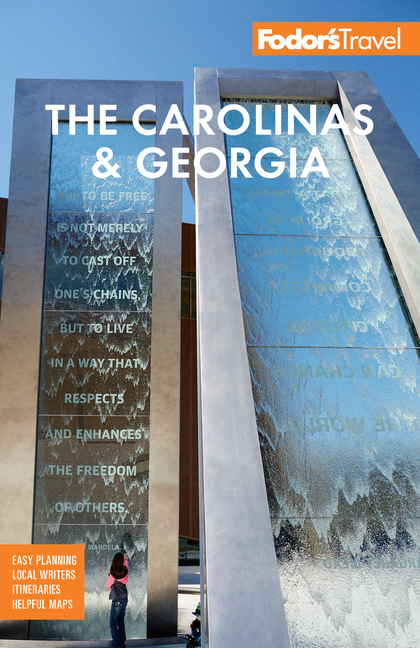The Herbert C. Bonner Bridge arches for 3 miles over Oregon Inlet and carries traffic to Hatteras Island, a 42-mile-long curved ribbon of sand and starkly beautiful dunes dividing the Atlantic Ocean and Pamlico Sound. At its most distant point (Cape Hatteras), the island is 25 miles from the mainland. About 88% of the island belongs to Cape Hatteras National Seashore and the state of North Carolina; the remainder is privately owned in seven quaint villages strung along the two-lane North Carolina Highway 12, the only main road on the island.
Hatteras Island is known as the blue marlin (or billfish) capital of the world. The continental shelf, 40 miles offshore, and its current, combined with the nearby Gulf Stream and Deep Western Boundary Current, create an unparalleled fish habitat.
The total population of the seven villages—from north to south, Rodanthe, Waves, Salvo, Avon, Buxton, Frisco, and Hatteras Village—is around 4,500, but in summer when the hundreds of vacation rental houses fill up, the island's population swells by several-fold. Each town has its own identity—Waves and Salvo are known for their windsurfing and kiteboarding, while Hatteras Village is dominated by fishing charters, with life centered around marinas. Buxton and Frisco feel trapped in time—you've left the busy highway of Nags Head far behind when you reach here, and you'll see few signs of corporate infiltration in the local businesses—even the grocery stores are independent.
Likewise, there are not many motels on Hatteras as most visitors stay in vacation houses. Avon is the village with the largest number of vacation rentals. Large waterfront houses with 6 to 10 bedrooms, private swimming pool, an elevator, and even a movie theater can go for $15,000 or more a week in summer, although many more-modest rentals are available.






